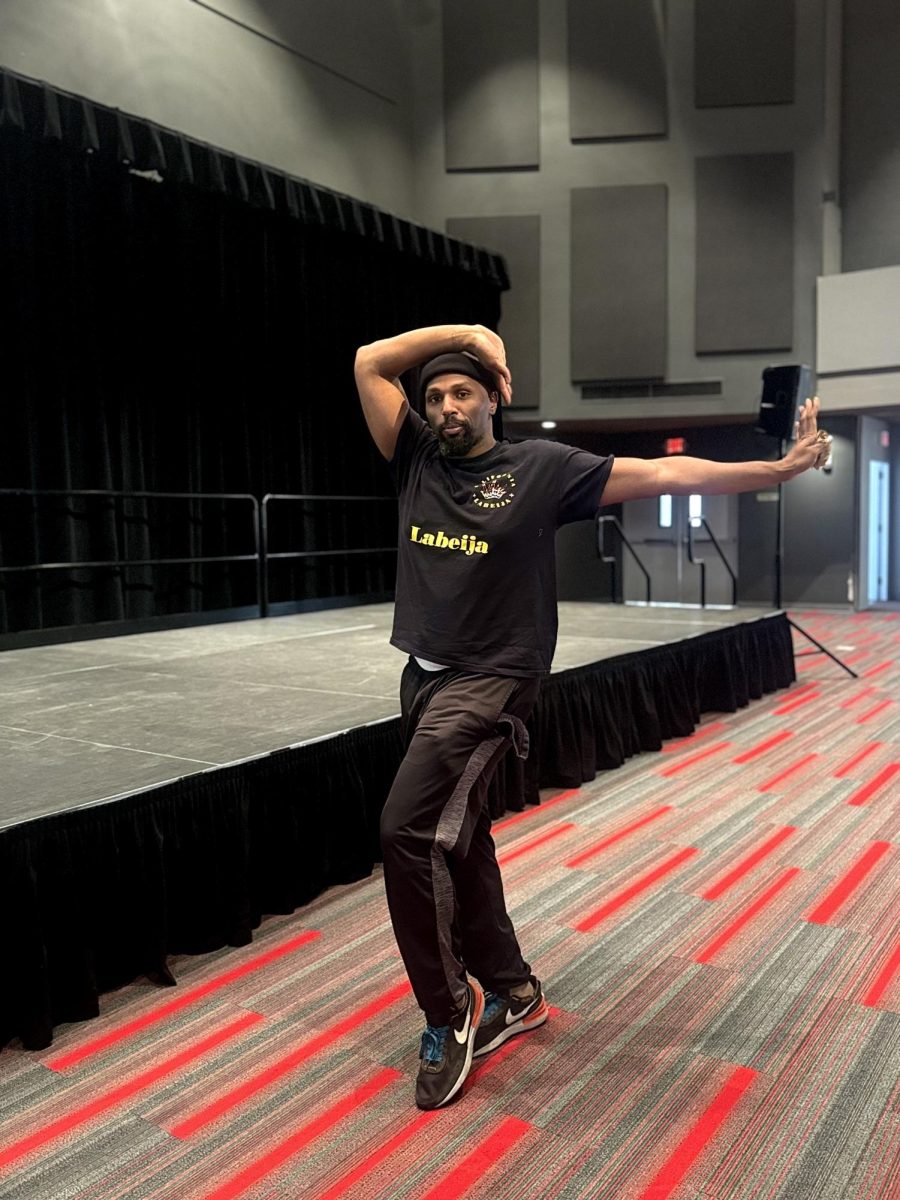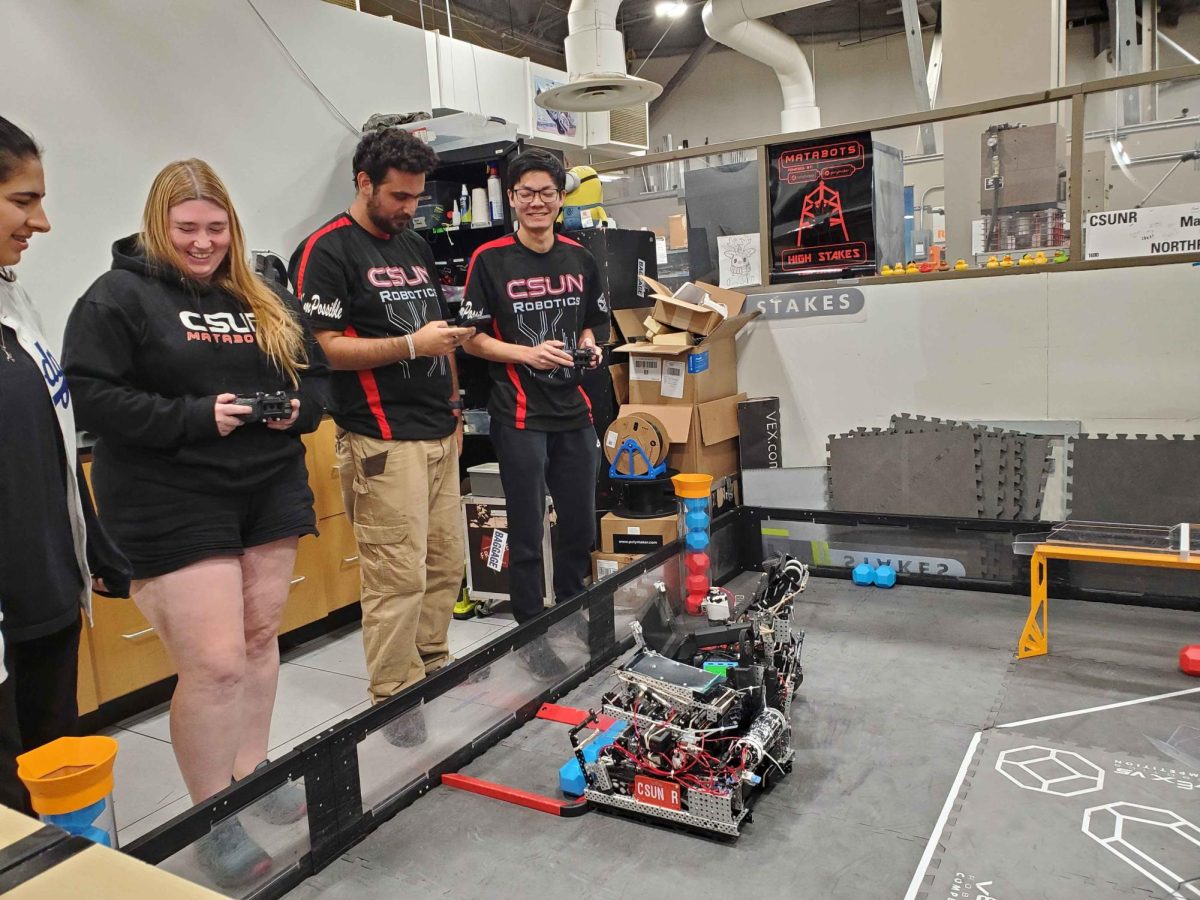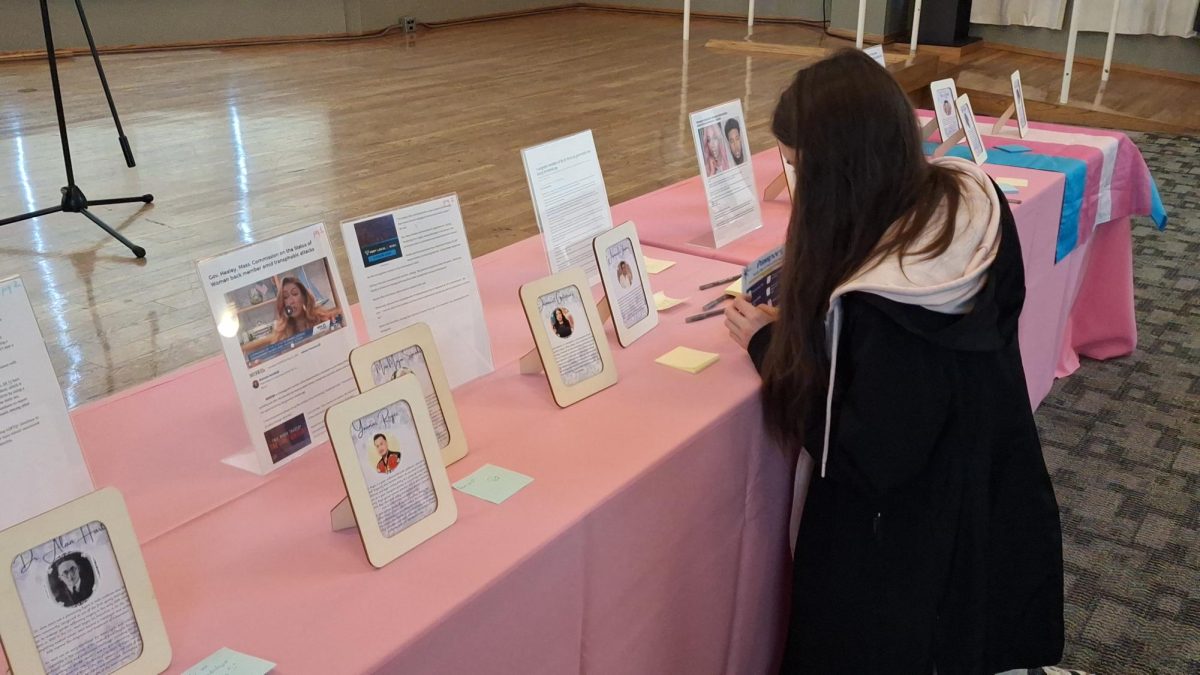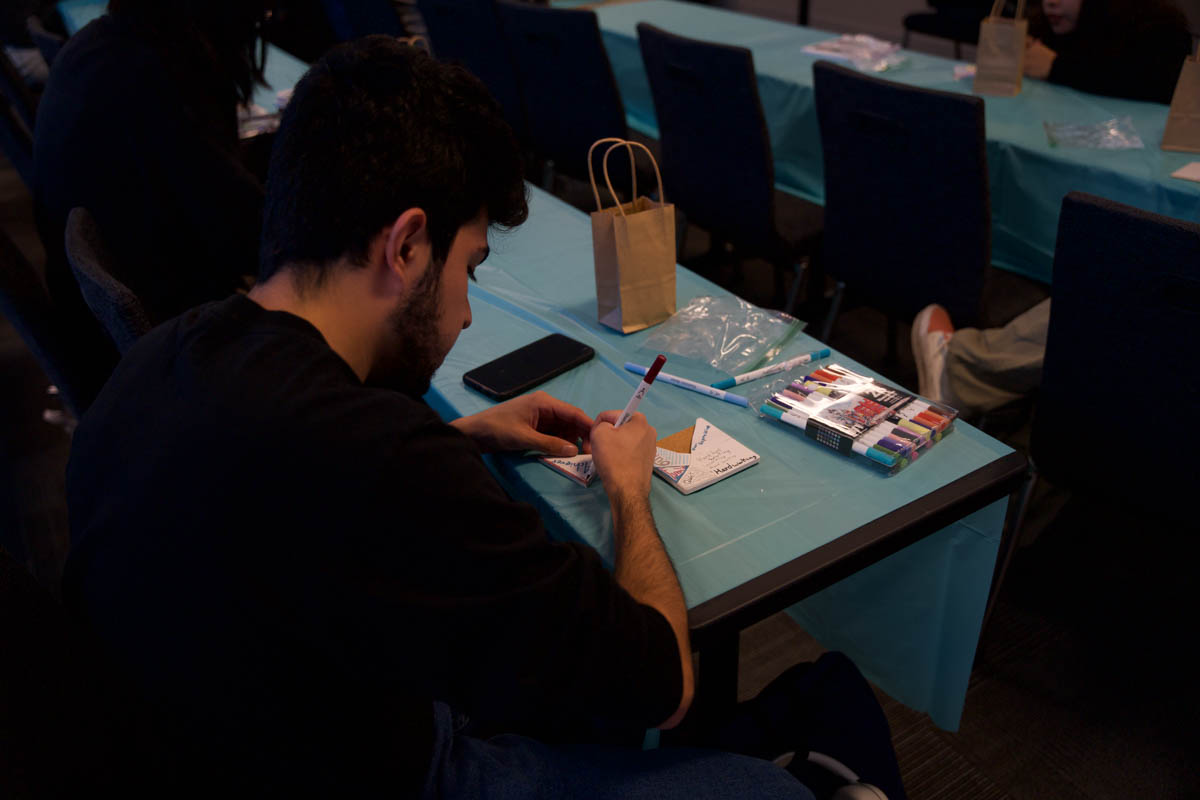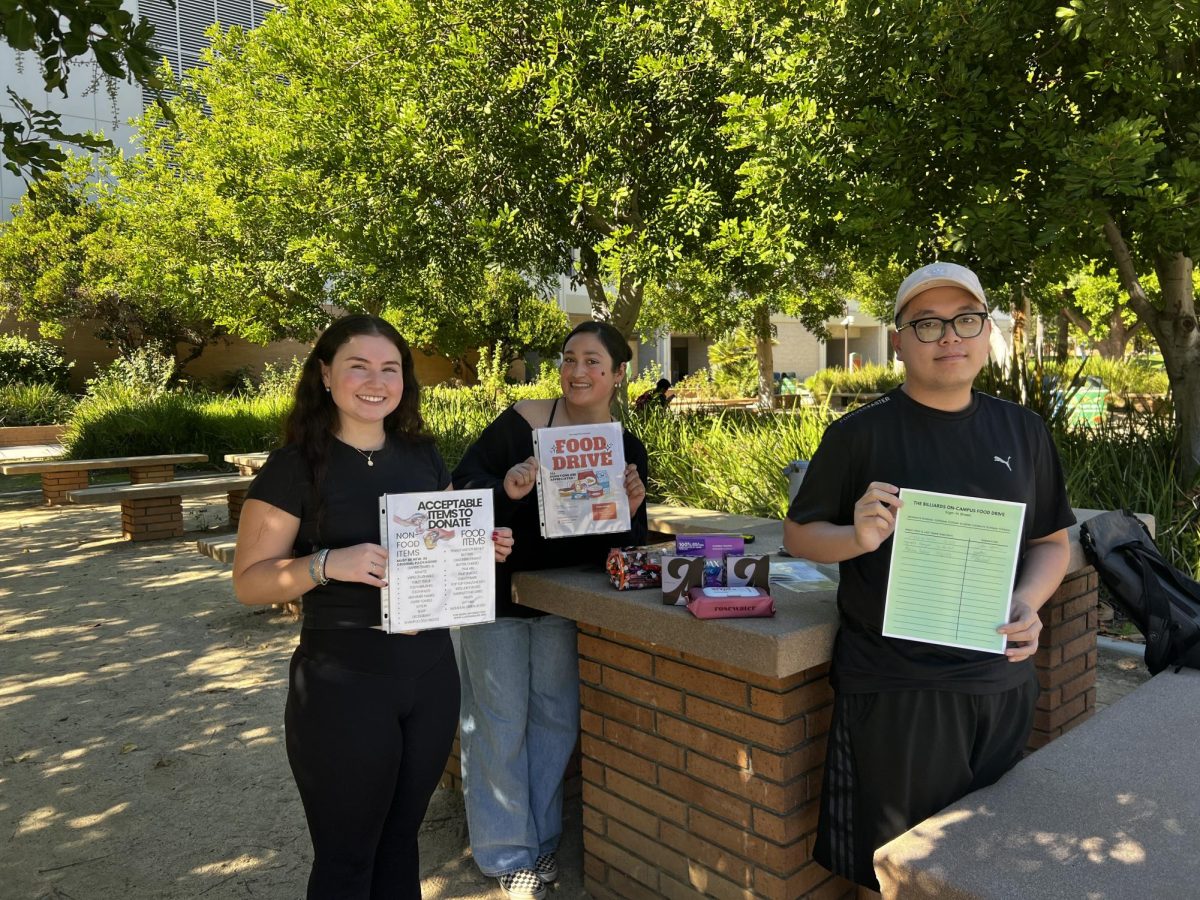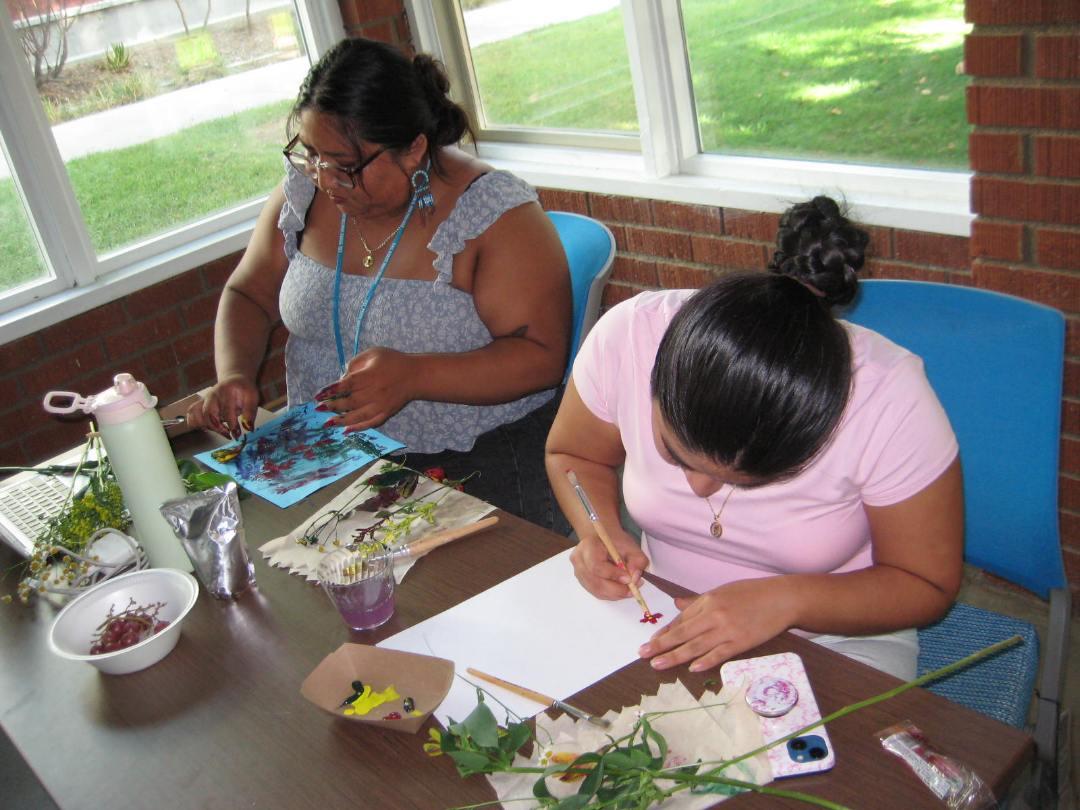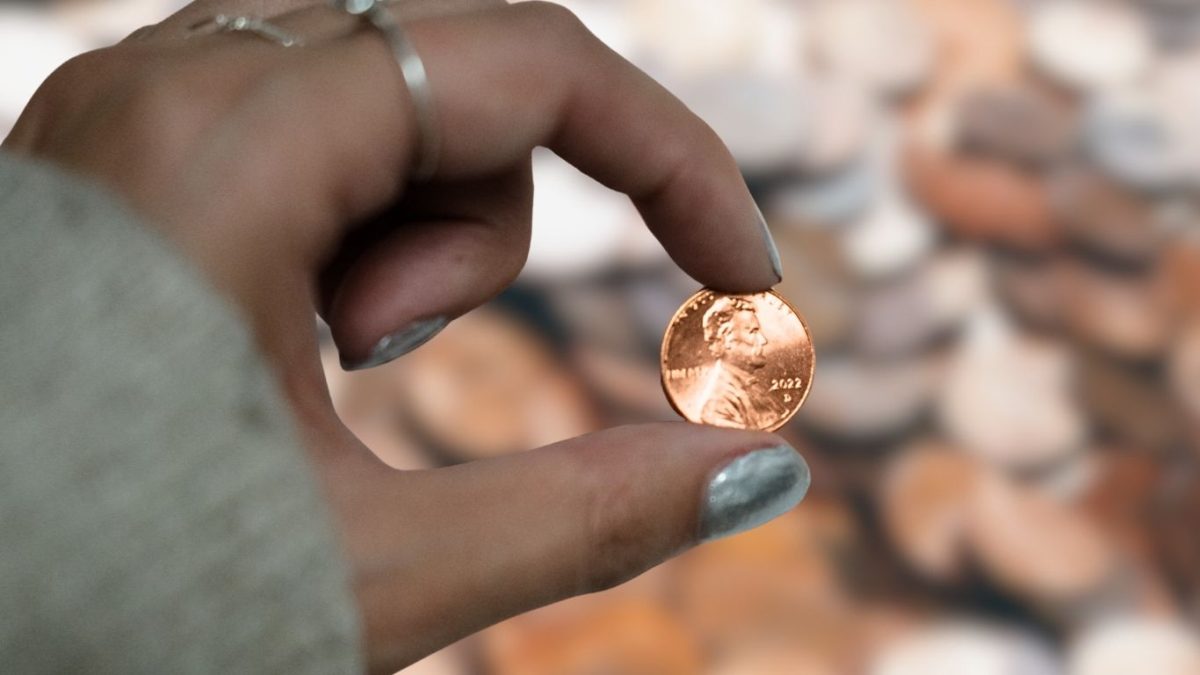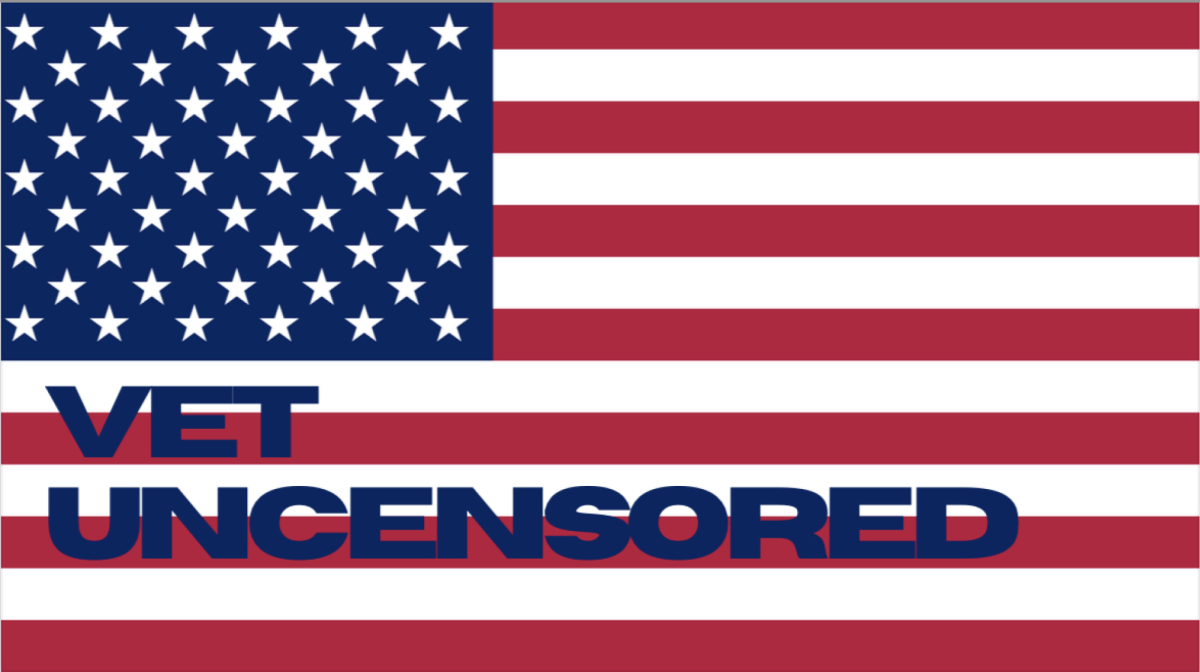The CSUN Pride Center presented “Black and Queer: Reclaiming Identity,” a celebration exploring the intersection of Black and LGBTQ+ experiences through the lens of ballroom culture on Feb. 18 at the Northridge Center.
House of Labeija’s creative production manager, Calvin Martin, guided attendees through the art of voguing while offering insights into the ballroom’s historical roots and creating an inclusive space for student participation and learning.
Martin emphasized the importance of understanding its roots. “You have to understand the history of ballroom… that’s what I learned,” he said.
The event welcomed attendees with music from Black artists and showcased a slideshow honoring significant Black queer figures, creating a warm and inclusive atmosphere. The event also featured free food, raffle prizes, tarot card readings and trivia, entertainment and education.
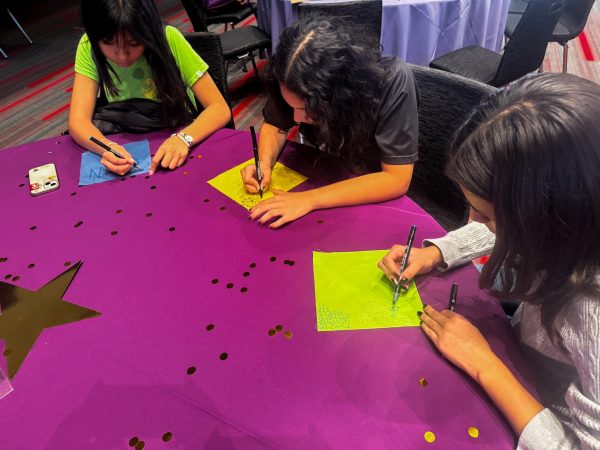
For many, the event allowed attendees to discover and connect with an unfamiliar cultural tradition.
Ballroom, which emerged as a response to the exclusion of Black and Latinx LGBTQ+ individuals from mainstream queer spaces, has long been a place of self-expression and community.
The organizers explained that the event aimed to address the disparities in representation on campus.
“There has been a lack of intersectionality events that incorporate both Black and queer identities,” said Tam Tranh, a Pride Center staff member. “This event was meant to highlight both.”
The influence of ballroom culture extends beyond the community, shaping modern LGBTQ+ and Black identities in mainstream spaces. “It’s interesting to see how ballroom culture is now part of popular slang and media,” said Mel, an event organizer. “It helps us know that we can be ourselves in any space.”
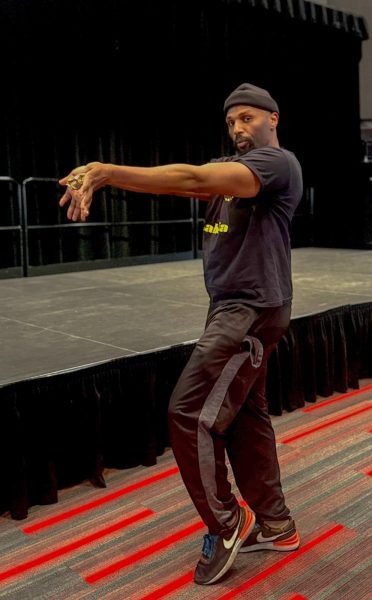
Organizers hope to expand the event into a packed ballroom competition.
“This year, we kept it small with a vogue workshop, but next year we’d love to bring in judges and host a full ball,” Martin said.
The event sought to educate students and create an inclusive space where they could engage with ballroom culture.
“I just wanted to go to an event that’s part of the queer community of CSUN. I was really looking forward to that,” another student at the event said.
Organizers emphasized that while the scene may seem intimidating initially, it has always been rooted in community and self-expression. By combining history, performance and personal storytelling, this event brought the past to life in a way that can feel both engaging and relevant to today. The event focused on the enduring impact of ballroom culture and its role in shaping Black and LGBTQ+ identities.
For more information about events and information, visit the USU website.
